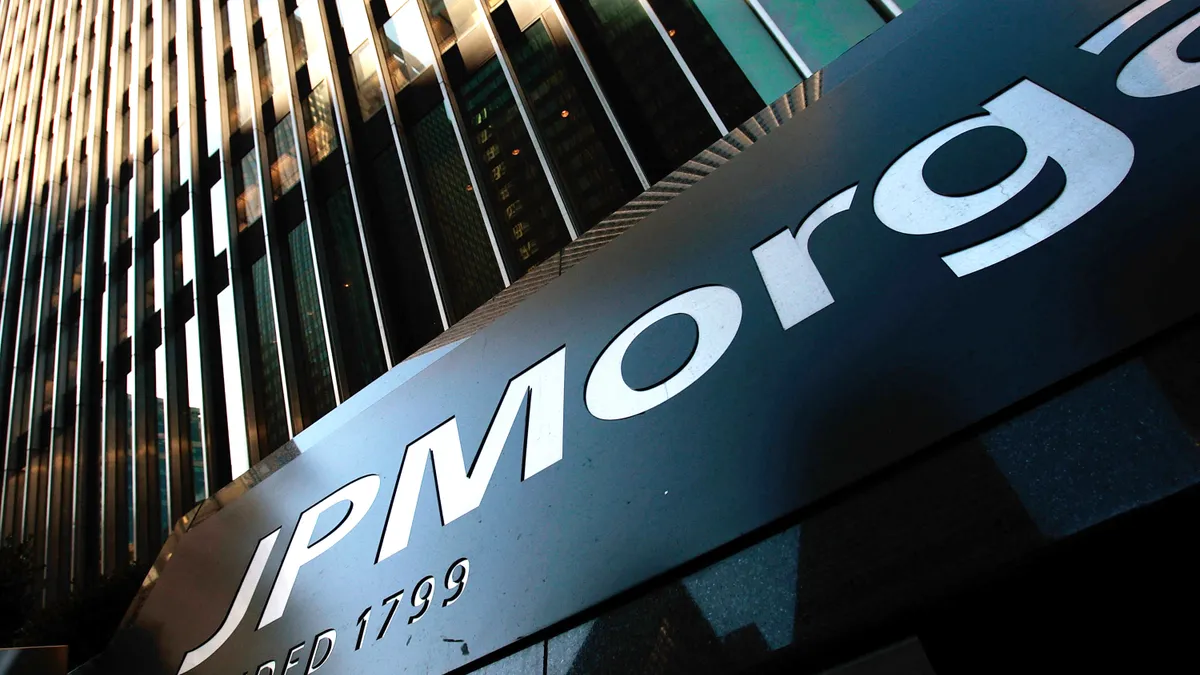Pay-by-bank could dramatically alter the way we pay in the U.S. by decreasing costs for businesses and easing the payment process for shoppers, but the trick is getting consumers and merchants on board, according to a research paper published last month by the consulting firm Deloitte.
That means persuading multiple players in the payment ecosystem — including banks, merchants and consumers — that pay-by-bank is an acceptable alternative to traditional ways to pay such as credit cards, according to the paper, which was posted online March 11.
As the name suggests, pay-by-bank lets a shopper pay for a good or service by withdrawing money from a bank account and sending it directly to a merchant. The money is often sent via an electronic payment rail such as same-day ACH or the RTP Network, Deloitte said in the paper.
Deloitte Managing Director Chris Allen, Senior Manager Tanmay Agarwal, Senior Manager Shalina Vadivale and Manager Amol Kumar authored the paper.
Pay-by-bank could let merchants bypass interchange fees charged by card networks, which typically amount to 2% to 4% of a transaction, according to the paper.
The payment method also reduces the risk of a chargeback because it has stronger authentication mechanisms, the paper says.
Additionally, pay-by-bank gives consumers another payment method and banks the ability to offer their services to previously underbanked populations,the paper said.
“While consumers in the U.S. can pay for their bills, subscriptions, and loan repayments today using their bank account, this option is largely unavailable when it comes to the online or (point-of-sale) checkout experience,” the paper says.
The payment method faces a number of obstacles to widespread adoption, Deloitte said in the paper, namely consumers’ comfort with credit cards.
Major card networks have set up rewards systems that offer perks to shoppers who swipe their cards at the point of sale. American Express, for example, offers some cardholders reservations at high-end restaurants and exclusive access to events such as concerts.
To make pay-by-bank more palatable, banks could offer consumers additional services such as lines of credit or rewards points similar to those awarded to credit card holders, Deloitte said.
On the merchant side, pay-by-bank must offer a lower cost alternative to credit cards and must be easy to integrate with their existing payment systems, the paper said.
Due to the pressure on card networks to reduce interchange fees, banks may eventually need to reduce the costs borne by merchants by ensuring that pay-by-bank is a cheaper alternative, the paper said. Still,Deloitte acknowledged that interchange fee regulation is unlikely under the current presidential administration.
Banks, however, can make up for any lost revenue in a number of ways, according to Deloitte.
For example, the financial institutions could leverage transaction data to improve their marketing.They could also offer merchants who use pay-by-bank other services, such as bulk bill pay. Finally, they could expand checkout options to include other payment methods such as buy now, pay later.











